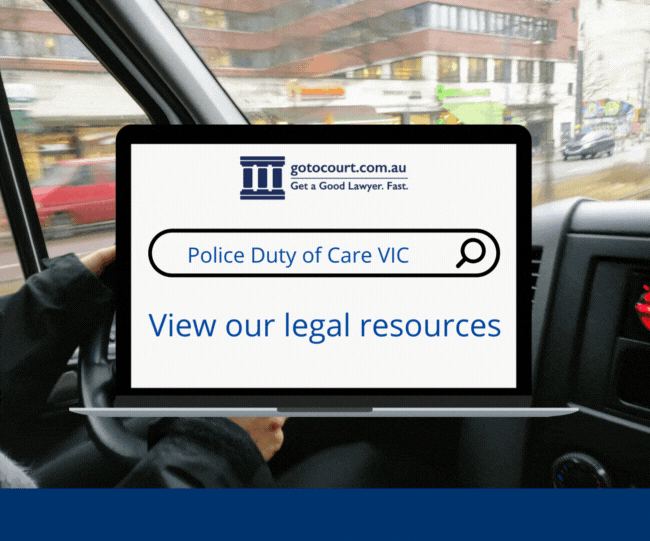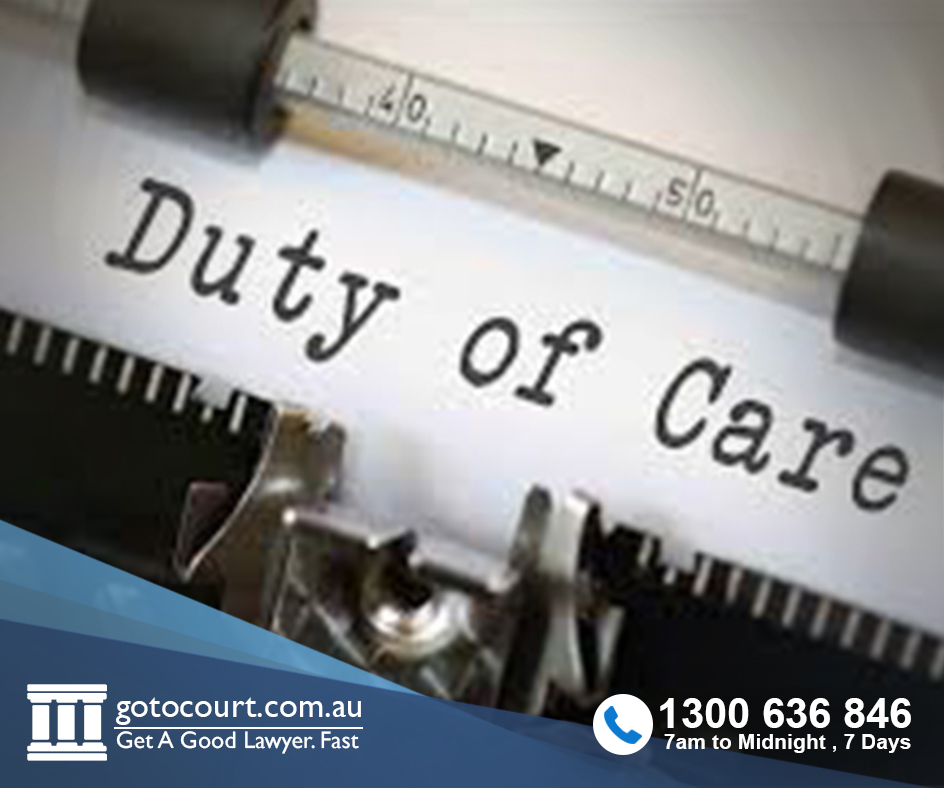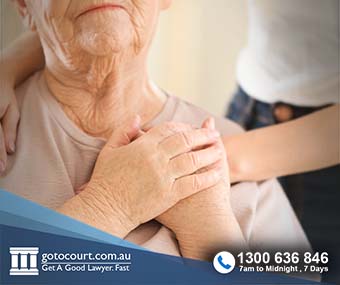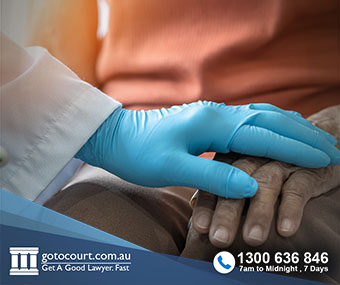Call our lawyers
now
or,
have our lawyers
call you
Medical Negligence (Vic)
Updated on Oct 12, 2023 • 5 min read • 372 views • Copy Link
Medical Negligence (Vic)
Physicians have an inherent duty of care to their patients, as a patient relies on their doctor to act in their best interests. When a medical professional fails to take reasonable care to avoid harm to a patient, this is known as medical negligence. A medical professional can negligently cause a patient psychological or physical harm, ranging from a diminished capacity to return to work to permanent pain or even death. The key elements of medical negligence in Victoria are examined below.
What is medical negligence?
In Victoria, the tort of negligence is regulated by the Wrongs Act 1958 and common law precedent. At common law, when someone’s negligence causes a personal injury, the injured party can claim compensation. The purpose of this compensation is to put the injured party back in the position they would have occupied if not for the negligent act. In this context, negligence refers to a person’s recklessness and failure to take reasonable care.
To prove medical negligence, a claimant must establish that the defendant is a medical professional or institution, and prove the four elements of negligence: duty, breach, causation, and damages. All medical professionals (including doctors, nurses and dentists) have a higher standard of care because patients are inherently vulnerable and dependent on their care providers. In order to establish medical negligence, a claimant must prove that the professional’s actions violated the accepted medical standard of care.
Serious medical negligence is quite rare in Australia. The State of Patient Safety and Quality in Australian Hospitals Report 2019 discovered only 60 cases of severe, preventable patient harm in Australian hospitals in 2016.
Of course, some instances of medical negligence are clear, such as:
- Prescribing the incorrect medication, leading to serious repercussions.
- Performing an invasive medical procedure on the wrong patient or on the wrong body part.
- Leaving a foreign object inside a patient during surgery, leading to harm and pain.
- Failing to provide adequate warning about the adverse risks of a procedure.
- Misdiagnosing a condition, causing harmful consequences.
Medical negligence or malpractice?
The terms medical negligence and malpractice are often used interchangeably, but there is a distinction. Malpractice is a more serious breach of duty because it occurs when a healthcare professional knowingly deviates from the standard of care. To establish malpractice, a claimant must prove that there was intent to act recklessly. Malpractice is relatively rare, as most patients experience harm as a result of simple negligence, rather than an intentional action.
Harm
Even if a medical professional acted recklessly, it is only medical negligence (or malpractice) if the patient suffers harm. This means that a person does not have a claim for compensation unless they can prove that they have suffered in some way because of the negligent act. Conversely, the existence of harm alone is not proof of negligence. A patient can suffer an injury as the result of an operation, but have no negligence claim if the physician acted with a reasonable standard of care. As such, the finding of negligence is a matter of expert opinion. Courts depend very little on the accounts of the plaintiff and defendant, and rely instead on the opinions of qualified, independent medical experts.
Compensation
A claimant who wins a medical negligence claim may be entitled to several different types of damages (that is, compensation payments). Specifically, a claimant may receive special damages (e.g. for medical costs) and general damages (e.g. for pain and suffering). There is an additional category of damages known as exemplary damages. Courts rarely award exemplary damages because they are considered punitive. However, the courts may decide to award exemplary damages in cases of medical malpractice, where the defendant had disregard for another person’s safety or rights.
Time limits
In medical negligence cases, time limits can be confusing, especially because they can depend on what a claimant knew and when. In Victoria, a child or a person with a disability has six years to bring a claim from the time that the injury is discovered (or should have been discovered). The limit is different for an adult. Under the Limitation of Actions Act 1958, an adult has to bring a claim in the three years after they discover (or should have discovered) that an injury occurred, that it was caused by the medical professional and that the injury is serious enough to justify bringing a claim.
For example, a surgeon might leave a foreign object unintentionally inside a patient during an operation, but the patient does not discover this for some time because they attributed their abdominal pain to other causes. When the object is finally discovered, the clock begins to tick on the three-year deadline to make a negligence claim against the surgeon. However, there is a “long stop” time limit that means that, regardless of the seriousness of the injury or the merit of the claim, a claim cannot be filed after twelve years from the date of injury.
The personal injury team at Go To Court Lawyers can help you win a medical negligence case. Contact our team on 1300 636 846 for any legal advice or representation.

Affordable Lawyers
Our Go To Court Lawyers will assist you in all areas of law. We specialise in providing legal advice urgently – at the time when you need it most. If you need a lawyer right now, today, we can help you – no matter where you are in Australia.How It Works

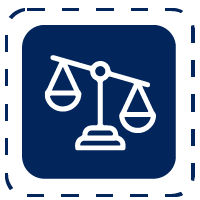





1. You speak directly to a lawyer
When you call the Go To Court Legal Hotline, you will be connected directly to a lawyer, every time.


2. Get your legal situation assessed
We determine the best way forward in your legal matter, free of charge. If you want to go ahead and book a face-to-face appointment, we will connect you with a specialist in your local area.


3. We arrange everything as needed
If you want to go ahead and book a fact-to-face appointment, we will connect you with a specialist in your local area no matter where you are and even at very short notice.





